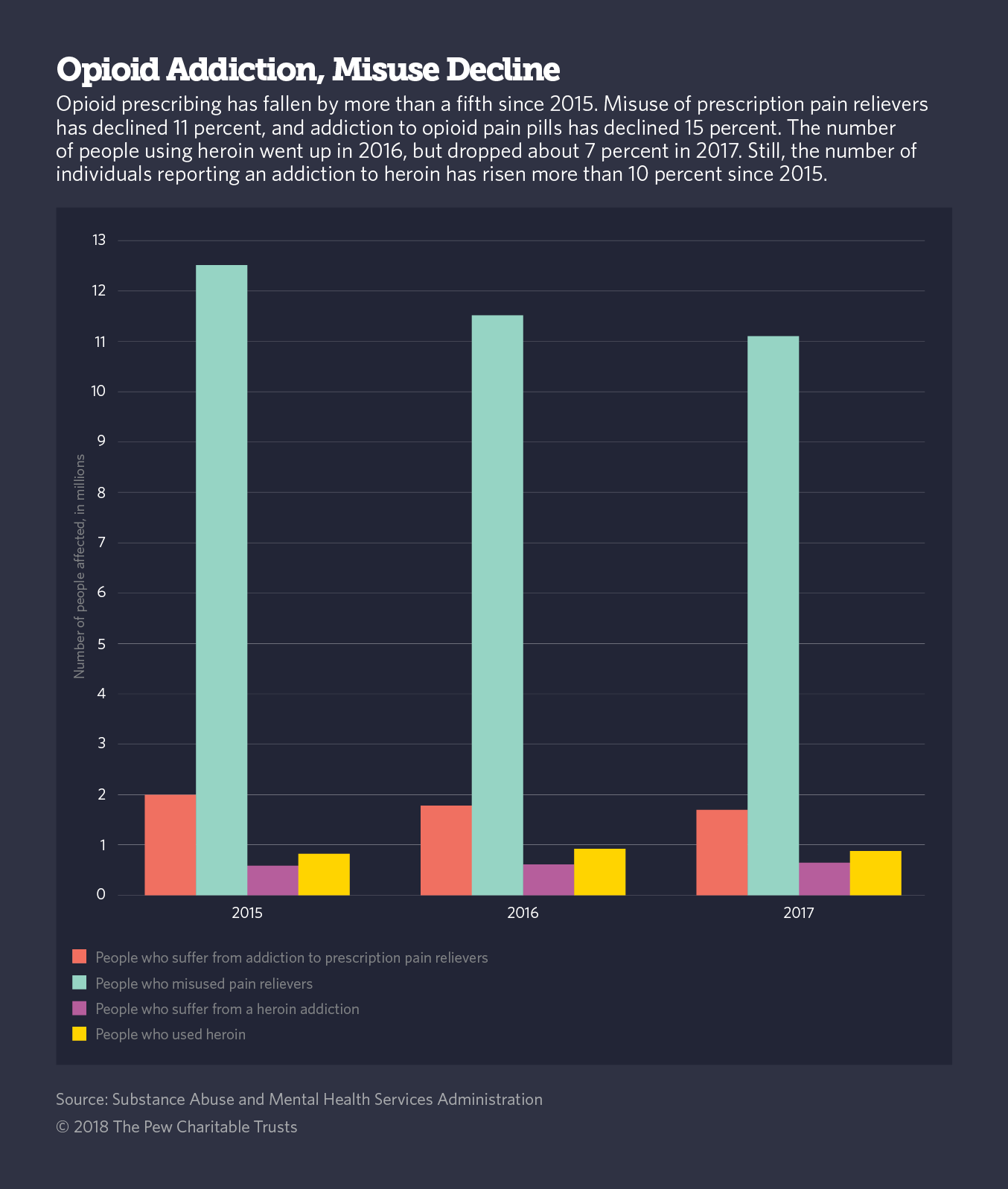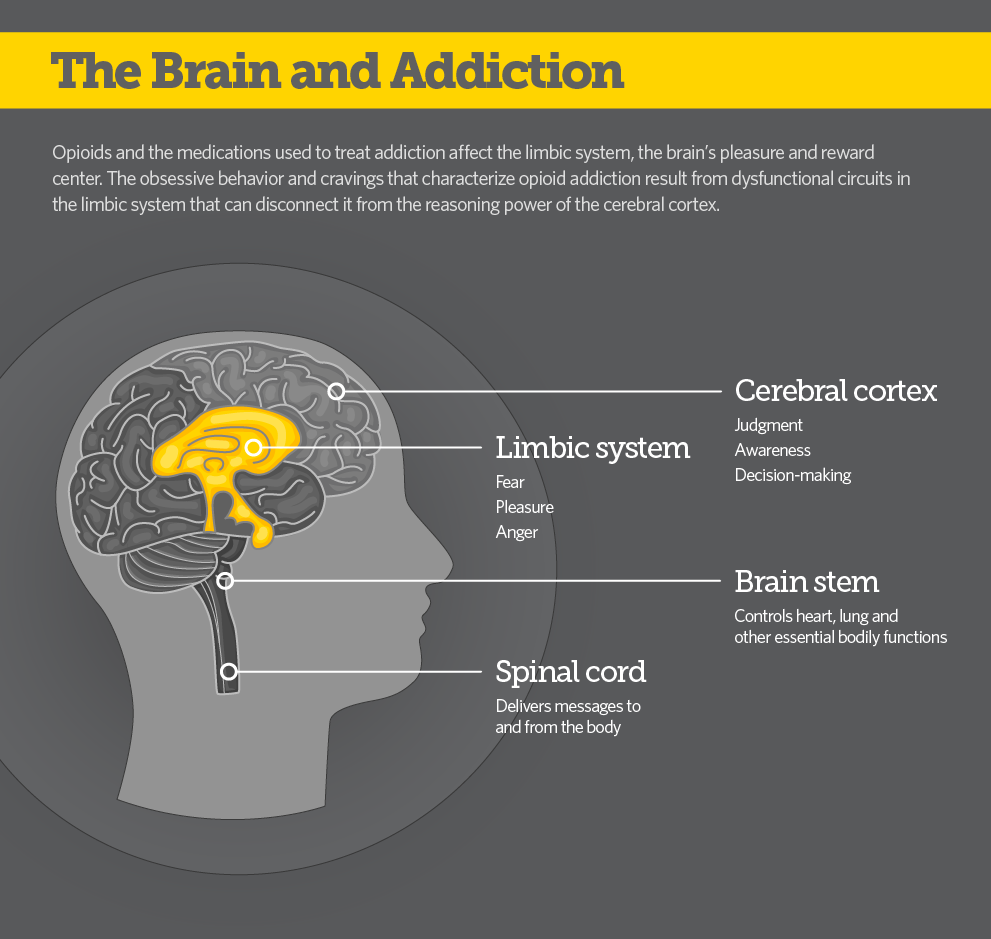Screening and evaluation are used to Mental Health Delray make two necessary choices: Is the individual stable adequate to stay in an outpatient setting, or is more extreme care suggested, calling for fast recommendation to an appropriate alternative treatment?What services will the customer need?To response either concern, personnel needs to initially figure out the scope of the customer's problems, including his physical and psychological status, living situation, and the support he has readily available to face these problems.

An extensive assessment must establish the customer's mental and physical status. The procedure needs to identify any pre-existing medical conditions or problems, compound use history, level of cognitive functioning, prescription drug requirements, present mental status, and mental health history. A central consumption team is a beneficial approach to screening and evaluation, offering a typical point of entry for lots of clients going into treatment.
At Arapahoe Home (a model explained later on in this chapter), the information and access group handles hundreds of telephone calls weekly, conducts screenings, and sets appointments for admission to any of the programs within the agency, with the exception of three cleansing programs. Where central consumption serves a multi-modality treatment company or a neighborhood with several settings (the latter being especially hard), the consumption process can be used to refer clients to the treatment modality most proper to their requirements (e.
As soon as confessed to treatment, clients require regular reassessment as decreases in severe signs of mental distress and substance abuse may precipitate other changes. Periodic assessment will supply steps of customer modification and allow the provider to adjust service plans as the customer progresses through treatment. Mindful assessment will assist to identify those clients who need more safe inpatient Find out more treatment settings (e.
SUGGESTION 29, Compound Usage Condition Treatment for Individuals With Physical and Cognitive Impairments (CSAT 1998e ), consists of details on assessing physical and cognitive working Drug and Alcohol Treatment Center that is appropriate for all populations. It is necessary to see the customer's positioning in outpatient care in the context of connection of care and the network of readily available suppliers and programs.

Ideally, a complete range of outpatient compound abuse treatment programs would include interventions for unmotivated, disaffiliated clients with COD, as well as for those looking for abstinence-based primary treatments and those requiring continuity of assistances to sustain recovery. Similarly, ideal outpatient programs will assist in access to services through rapid action to all company and self-referral contacts, imposing couple of exclusionary requirements, and using some client/treatment matching criteria to make sure that all referrals can be taken part in some level of treatment.
Rumored Buzz on How Does Society View Drug And Alcohol Addiction Treatment
The consensus panel has actually discussed that treatment companies ought to take care not to put clients in a higher level of care (i. e., more intense) than is necessary. A client who may stay participated in a less intense treatment environment might drop out in reaction to the needs of a more intense treatment program.
By supplying continuous outreach, engagement, direct assistance with immediate life problems (e. g., real estate), advocacy, and close monitoring of individual needs, the Assertive Community Treatment (ACT) and Intensive Case Management (ICM) designs (described listed below) supply techniques that allow clients to access services and foster the development of treatment relationships. In the lack of such assistances, those individuals with COD who are not yet prepared for abstinence-oriented treatment may not follow the treatment strategy and might be at high risk for dropout (Drake and Mueser 2000) - where to go for treatment of addiction to video games for children.
Daley and Zuckoff (1998 ) note a variety of helpful strategies for enhancing engagement and adherence with this population. Use telephone or mail reminders. Provide reinforcement for attendance (e. g., treats, lunch, or reimbursement for transport). Increase the frequency and intensity of the outpatient services provided. Develop more detailed partnership between referring personnel and the outpatient program's staff.
Have actually outpatient programs designed particularly for clients with COD. Supply customers with case managers who engage in outreach and offer house sees. Coordinate treatment and tracking with other systems of care providing services to the exact same client. Release preparation is very important to maintain gains achieved through outpatient care. Customers with COD leaving an outpatient drug abuse treatment program have a variety of continuing care alternatives.
A carefully established discharge plan, produced in cooperation with the client, will recognize and match customer needs with neighborhood resources, offering the supports required to sustain the development achieved in outpatient treatment. Customers with COD often require a series of services besides drug abuse treatment and psychological health services. Generally, prominent needs consist of real estate and case management services to develop access to community health and social services.
Without a location to live and some degree of economic stability, customers with COD are most likely to go back to drug abuse or experience a return of signs of psychological disorder. Every compound abuse treatment company need to have, and numerous do have, the greatest possible linkages with neighborhood resources that can help address these and other customer needs.
The Ultimate Guide To Medically Assisted Treatment For What Type Of Drug Addiction
It is vital that discharge planning for the client with COD ensures connection of psychiatric evaluation and medication management, without which customer stability and recovery will be severely compromised. Regression avoidance interventions after outpatient treatment need to be customized so that the customer can recognize signs of psychiatric or compound abuse relapse on her own and can get in touch with a found out collection of sign management techniques (e - psychologists who treat pregnancy and addiction treatment.
This likewise includes the capability to access assessment services rapidly, given that the return of psychiatric signs can often trigger drug abuse relapse. Developing positive peer networks is another essential aspect of discharge planning for continuing care. The provider seeks to develop an assistance network for the client that includes household, community, healing groups, buddies, and loved ones.
Programs also ought to motivate client involvement in shared self-help groups, especially those that focus on COD (e. g., dual recovery mutual self-help programs). These groups can offer a continuing helpful network for the customer, who generally can continue to take part in such programs even if he relocates to a various community.
The consensus panel likewise suggests that programs working with customers with COD try to include advocacy groups in program activities. These groups can assist clients become advocates themselves, advancing the development and responsiveness of the treatment program while improving customers' sense of self-esteem and supplying a source of association. Continuing care and relapse avoidance are especially essential with this population, since individuals with COD are experiencing 2 long-lasting conditions (i.